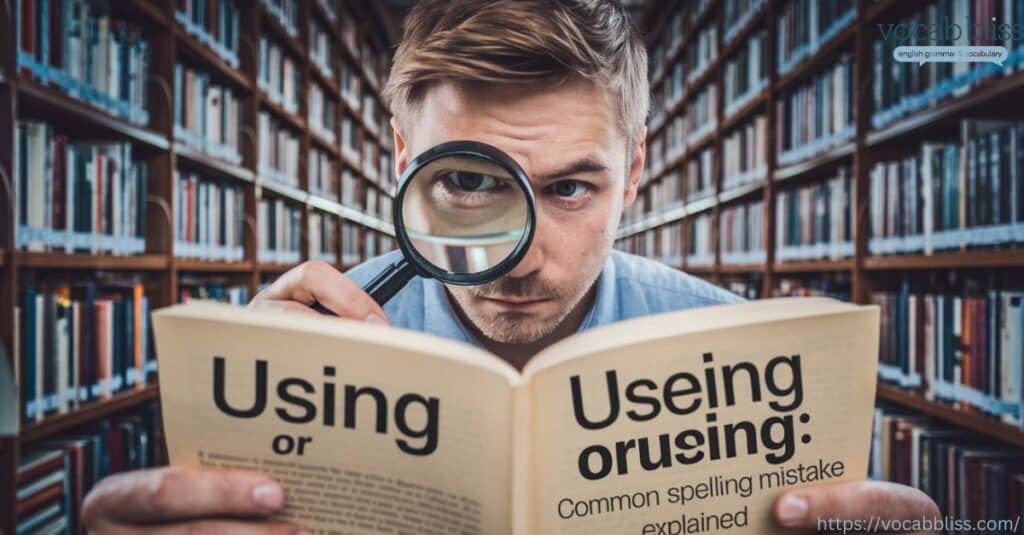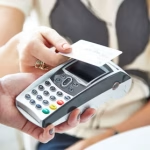Ever found yourself typing “useing” instead of “using” and wondering why it looks just a bit off? This common spelling mistake trips up even seasoned writers, making “using or useing” one of those deceptively simple spelling issues. It’s easy to overlook, especially if you’re typing fast or don’t remember all the quirks of English spelling rules.
In this article, we’ll explore why so many of us stumble on this word, whether in emails, essays, or social media posts. We’ll clarify the correct spelling (spoiler: it’s “using”) and explain why “useing” is technically wrong. More importantly, we’ll cover English spelling rules and practical memory aids to help you confidently use “using” in any context. By the end, you’ll have a strong understanding of the correct form, as well as other commonly mistaken words with similar silent “e” rules.
Unlocking the Secrets of Yoholist reveals a world of possibilities for those eager to enhance their lifestyle. Whether you’re seeking ways to improve your productivity or cultivate a more mindful approach to daily living, Yoholist offers valuable insights. Let’s dive into what makes Yoholist stand out and the philosophy that drives its unique approach.
Understanding Using and Useing: What’s the Difference?
What Does “Using” Mean?
“Using” is the present participle form of the verb “use,” which means to apply or employ something. In grammar, present participles often form the “-ing” form of verbs, which can function as either a verb or an adjective.
- Correct Spelling: “Using”
- Example in a Sentence: I’m using my laptop to write this article.
In forming the present participle of verbs ending in “-e,” the English spelling rule tells us to drop the “e” before adding “-ing.” So, “use” becomes “using,” not “useing.”
What is “Useing,” and Why Is It Incorrect?
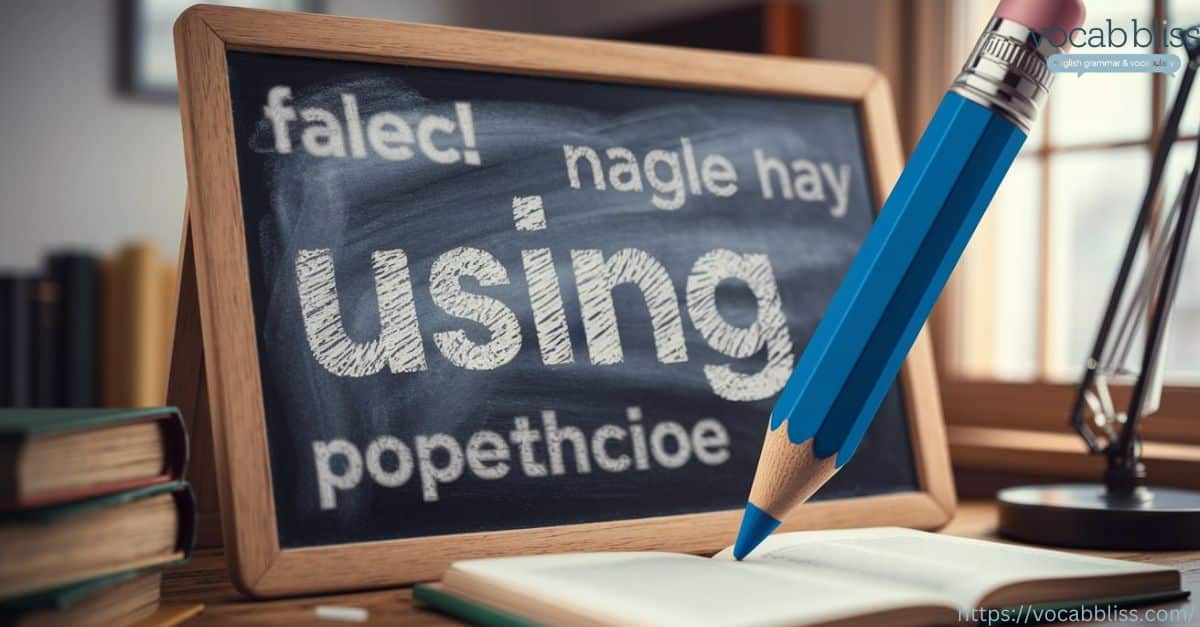
The form “useing” is incorrect in standard English. This misspelling happens frequently because many of us aren’t always conscious of English orthographic rules, especially around silent letters.
- Incorrect Form: “Useing”
- Why It’s Wrong: The English rule for verbs ending in “e” is to drop the “e” before adding “-ing.”
This error can affect how your writing is perceived, particularly in formal contexts like academic papers, business emails, or even in everyday writing where spelling accuracy reflects professionalism and attention to detail.
Root Causes of the Mistake: Why Do People Misspell “Using” as “Useing”?
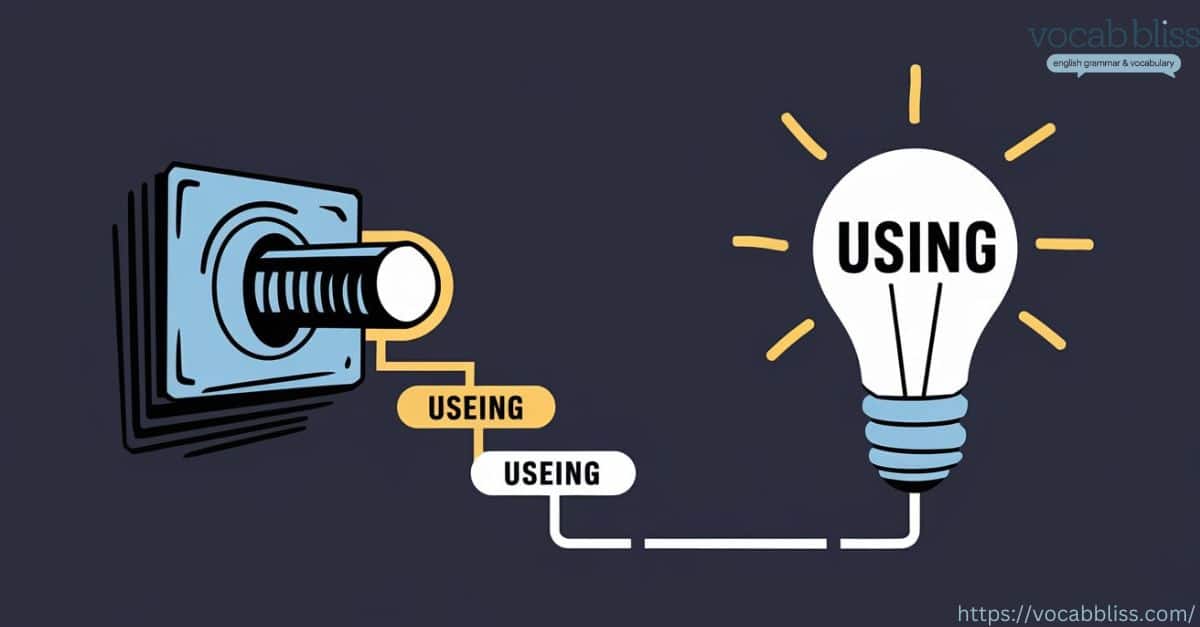
1. Phonetic Confusion
Words are often spelled based on how they sound, and in English, this leads to problems. Because we don’t pronounce the silent “e” at the end of “use,” many learners mistakenly assume they should keep it when adding “-ing.”
2. Influence of Typing and Speed
In fast-paced digital communication, spelling mistakes, like “useing,” happen when we rush through emails, messages, and posts. Often, people don’t pause to proofread, leading to frequent errors.
3. Comparison with Irregular Verbs
The verb “use” can seem similar to irregular verbs like “agree” (agreeing) and “see” (seeing), which keep the “e” when forming their participles. This irregularity can confuse writers, making “useing” appear as though it follows the same rule, when in fact, it doesn’t.
4. Lack of Familiarity with Spelling Rules
Finally, one of the biggest reasons for spelling mistakes is a lack of familiarity with correct spelling rules. Many people never learn that verbs ending in a silent “e” lose that “e” when “-ing” is added. Knowing this rule can save writers from committing this common spelling mistake.
How to Spell Using: Breaking Down the Correct Spelling
Let’s take a closer look at English spelling rules and guidelines to remember for correct spelling. By keeping these in mind, you can minimize errors with “using” and similar words.
| Rule | Examples | Explanation |
|---|---|---|
| Drop the “e” before “-ing” | Using, Moving, Loving | Verbs ending in a silent “e” lose it before “-ing.” |
| Keep “e” if it changes meaning | Agreeing, Seeing | Some words retain the “e” to keep their meaning clear. |
| Double consonants for CVC words | Hopping, Running | Single syllable words ending in consonant-vowel-consonant double the final consonant. |
By understanding and memorizing these correct grammatical rules, you’ll avoid common spelling mistakes like “useing” and gain confidence in your everyday writing.
Importance of Correct Spelling in Writing and Communication
Correct spelling is crucial in maintaining clarity, professionalism, and reader engagement. Here’s how “using” versus “useing” plays out in different contexts:
1. Professional Writing
In a professional setting, a simple spelling error can reflect poorly on your attention to detail. An email that contains “useing” instead of “using” could subtly impact the reader’s perception of you, especially in roles where precision is valued.
“Accuracy in language is non-negotiable in business. Attention to detail, including spelling, often sets the standard.”
2. Academic Writing
Spelling matters even more in academia, where writing skills are directly tied to credibility. A single typo can distract the reader and may even lower your grade. Correct usage shows a strong command of the language and respect for proper grammar rules.
3. Everyday Communication
From texting friends to sharing posts online, using the right spelling enhances your communication. While casual chats might forgive an occasional typo, clear and accurate spelling strengthens your message and prevents potential misunderstandings.
How to Spell Useing?
Spelling “useing” is a common mistake that many English learners and even native speakers make. The correct form is “using,” not “useing.” According to English spelling rules, verbs ending with a silent “e” drop the “e” before adding “-ing.” So, while it might feel natural to keep the “e” in “useing,” this form is actually incorrect. Here’s a simple chart to remember:
| Incorrect Spelling | Correct Spelling | Explanation |
|---|---|---|
| Useing | Using | Drop the silent “e” before adding “-ing” |
Remembering this rule helps you avoid this common spelling mistake in both professional and casual writing.
Techniques for Remembering the Correct Spelling of “Using”
Here are effective techniques to help you remember the correct spelling:
Mnemonic Devices
Creating mnemonics or memory aids can be a fun way to improve your spelling accuracy. For instance:
- Mnemonic: “When you ‘use,’ you lose the ‘e’ before you add ‘-ing.’”
Visual Memory Techniques
For visual learners, imagining the word broken down into parts can make it easier to spell:
- Tip: Break “using” into two parts – “Us-ing.” This separation can make it easier to remember not to include the “e.”
Repetition and Practice
Spelling improves with repetition. Try writing “using” in sentences repeatedly until the spelling becomes second nature.
| Correct Form | Incorrect Form | Explanation |
|---|---|---|
| Using | Useing | Drop “e” before adding “-ing” |
Related Words with Similar Spelling Rules

To further reinforce your spelling knowledge, consider practicing with similar words that follow the silent “e” rule. Here’s a table of examples:
| Love | Loving | Drop “e” |
| Move | Moving | Drop “e” |
| Agree | Agreeing | Keep “e” to preserve pronunciation |
| Use | Using | Drop “e” |
Seeing patterns in words with similar endings helps you avoid similar errors.
Avoiding Common Spelling Mistakes: Other -ing Form Errors
Beyond “use,” plenty of other words cause spelling challenges. Let’s look at common words that create confusion when “-ing” is added:
- Words That Drop the “e”:
- Examples: “Hope” becomes “hoping,” and “bake” becomes “baking.”
- Explanation: For verbs ending in silent “e,” drop the “e” before adding “-ing.”
- Words That Keep the “e”:
- Examples: “See” becomes “seeing,” and “flee” becomes “fleeing.”
- Explanation: Verbs with vowel sounds that require the “e” to maintain pronunciation keep it.
- Double Consonant Words:
- Examples: “Run” becomes “running” and “hop” becomes “hopping.”
- Explanation: Single-syllable words with consonant-vowel-consonant structure double the final consonant before adding “-ing.”
FAQ: Common Questions About Using vs. Useing
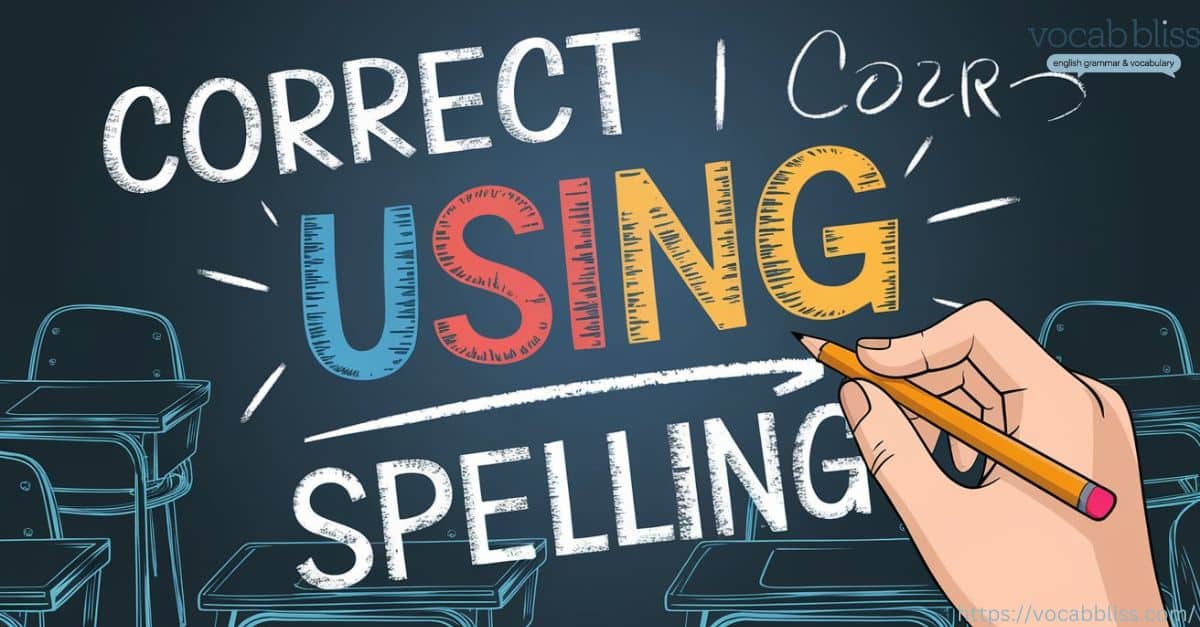
How to Spell “Using”?
The correct spelling is “using” without the “e.” Drop the “e” from “use” and add “-ing.”
Why Do People Misspell “Using” as “Useing”?
This error is common because many people aren’t aware of spelling guidelines about dropping the silent “e” in verbs when forming the present participle.
How Can I Remember the Correct Spelling?
Using mnemonics like “Drop the ‘e’ before adding ‘-ing’” and practicing in sentences can help.
Conclusion
Understanding the differences between “using” and “useing” may seem minor, but getting this right is an essential part of mastering English spelling and grammar rules. Small mistakes, especially in spelling, can impact how your writing is perceived, making it essential to double-check your work.
By practicing the techniques in this guide, using mnemonics, following **English
spelling principles**, and consciously applying the *silent “e” rule*, you can avoid making this mistake. Remember, correct spelling is a valuable skill that reflects well on your attention to detail and care in communication.
Whenever you’re in doubt, refer back to these tips, check your spelling with the silent “e” rule, and practice consistently. Spelling accurately not only enhances your writing but also boosts your confidence in both professional and casual settings.
Discover more:
- Preform Vs Perform: What’s The Difference?
- Tweek vs Tweak: Clarifying the Difference and Usage
- tryed or tried: Proper Grammar Understanding
- Oversight vs Oversite: Pointing Out the Differences
- Cheff or Chef: Understanding the Difference

